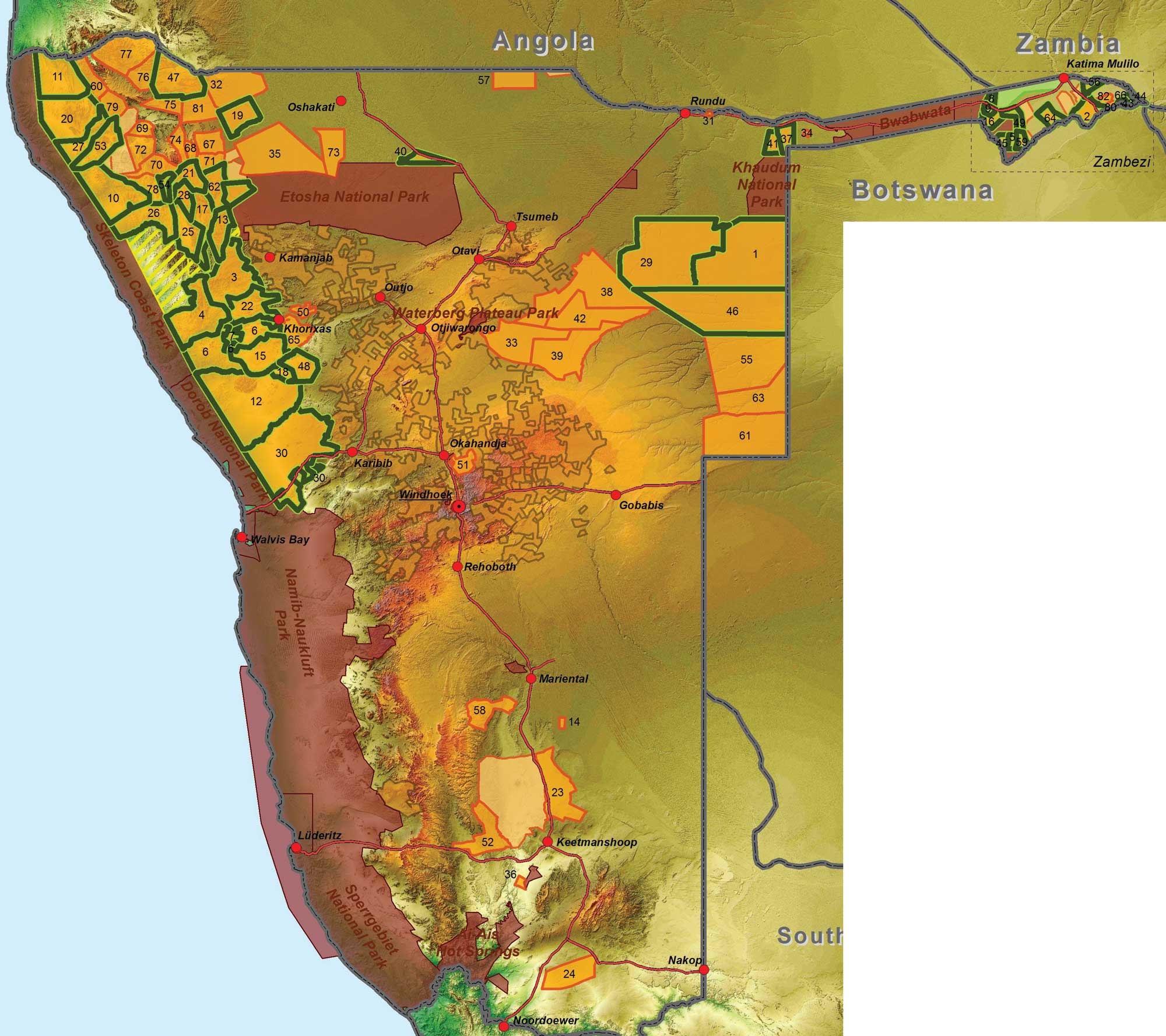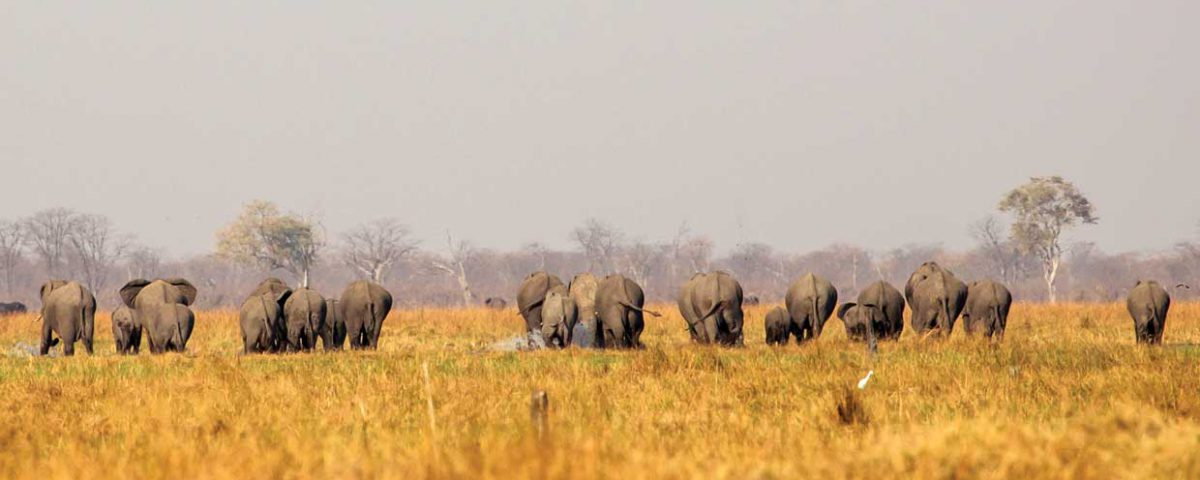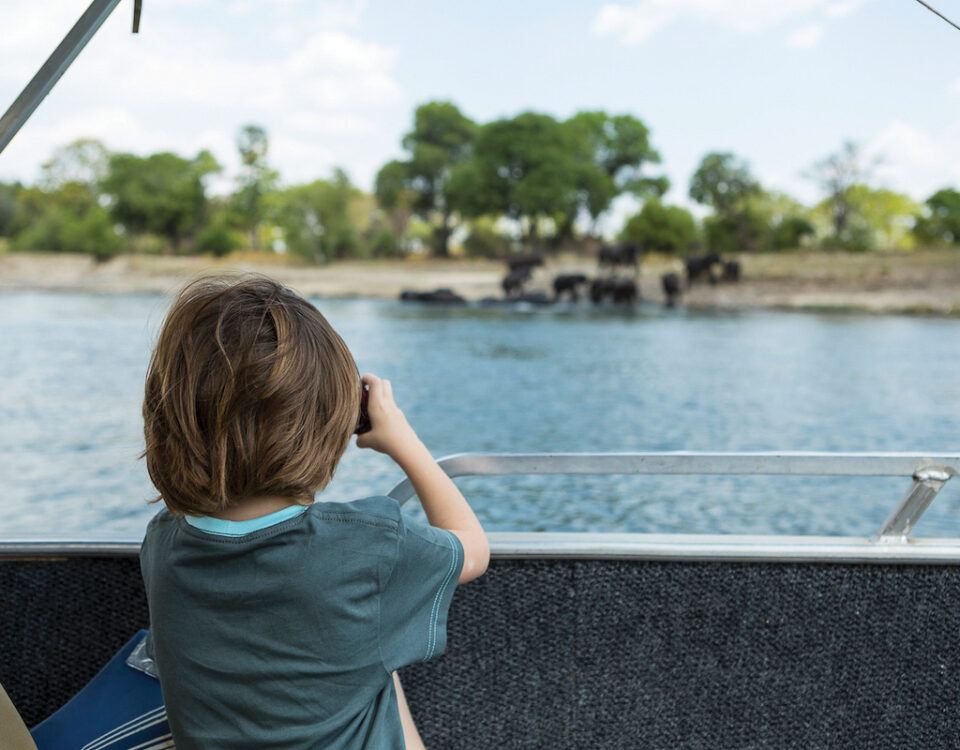| Main photo ©Paul van Schalkwyk

My unforgettable zebra hunt
June 13, 2016
The presence of game rangers & hunters deters poachers
June 13, 2016T he Namibia communal conservancy movement is regarded by many as a globally leading community conservation initiative. Communal conservancies evolved from the Government of Namibia’s recognition that the long-term presence of wildlife on communal lands is dependent upon local communities being both benefactors and responsible managers of wildlife. From the embryonic creation of the first four communal conservancies in 1998, the movement has now grown to 82 communal conservancies covering approximately 161,000 km² and encompassing over 180,000 community members. The popularity of communal conservancies is being motivated by cash income to conservancies, employment to conservancy members, diversification of livelihoods, and increased involvement in the hunting industry. These benefits, in turn, are driven by wildlife stocks that are providing the basis of increasingly more valuable photographic and hunting enterprises across Namibia’s communal conservancies.
The creation of communal conservancy hunting concessions has assisted Namibia towards becoming one of Africa’s most desired hunting destinations. The presence of free-roaming populations of Africa’s big five (namely buffalo, elephant, leopard, lion and rhino), combined with a diverse mix of plains game, provide an attractive mix of species to hunt. In addition, hunts are undertaken in stunning deserts, rolling savannahs, expansive woodlands, and productive floodplains.
Further, these hunts are providing interaction with a rich diversity of African cultures and are able to capitalise on the vast indigenous knowledge and hunting skills of community residents.
The creation of communal conservancies is assisting communities to capitalise on their wildlife wealth, diverse ecosystems, and cultural assets.
Partnerships between safari operators and communal conservancies is generating millions of dollars of cash, which is being applied towards the salaries of community game guards and a mix of wildlife management and monitoring activities. In addition, community members are being employed as trackers, skinners and camp staff, while a growing number of individuals have qualified as hunting guides. During 2013, the sustainable use of wildlife (mostly trophy hunting) produced N$33.2 million of benefits to conservancies. This comprised
N$21 million in trophy-hunting fees, more than 542,000 kg of game meat, plus employment benefits for 134 full-time and 129 part-time community hunting staff.
Wildlife utilisation in communal conservancies has become a strong driver on Namibia’s communal lands for conservation, community empowerment, and improved rural livelihoods. But despite these impressive achievements there is a pressing need to further empower disadvantaged Namibians in the hunting industry. In particular, there is a need to promote disadvantaged Namibians to the role of hunting operator. There will be multiple obstacles to surmount in the achievement of this process, including the acquisition of operating assets (such as vehicles, camping, and hunting equipment); development of marketing capabilities; client support and management skills; and acquiring know-how to manage the business aspects of a hunting operation. It will take time and effort to overcome these challenges, but they are by no means insurmountable.
Concervancies with hunting concessions
1 Nyae Nyae, 2 Salambala, 3 #Khoadi//Hôas,
4 Torra, 5 Wuparo, 6 Doro !Nawas,
8 Kwandu, 9 Mayuni,10 Purros,
11 Marienfluss, 12 Tsiseb, 13 Ehirovipuka,
15 Sorris Sorris, 16 Mashi,
17 Omatendeka, 18 Otjimboyo,
19 Uukwaluudhi, 20 Orupembe,
21 Okangundumba, 22 //Huab,
25 Anabeb, 26 Sesfontein, 27 Sanitatas,
28 Ozondundu, 29 N#a-Jaqna,
30 #Gaingu, 37 Muduva Nyangana,
40 King Nehale, 41 George Mukoya,
43 Kasika, 45 Balyerwa, 46 Ondjou,
47 Kunene River, 48 Ohungu, 49 Sobbe,
53 Okondjombo, 56 Sikunga, 59 Dzoti,
64 Bamunu

TRAINING HUNTING OPERATORS FOR COMMUNAL CONSERVANCIES
NAPHA has proactively recognised both the need and the opportunity, and has solicited support from WWF in Namibia and the Namibia Nature Foundation to contribute towards this important undertaking. A pilot effort to identify potential disadvantaged Namibians to become hunting operators for communal conservancies commenced in November 2014, when eight prospective trainees underwent an initial training course to introduce this process. The first training course will be followed by a second course in early 2015 and periodic mentoring of the most promising candidates by NAPHA members over the course of the coming year, inclusive of potentially hosting Finnish hunters who will provide constructive feedback on their performance. If successful, this initial group of trainees could be part of a systematic approach towards empowering disadvantaged Namibians in this important development and conservation sector in the years to come.
“During 2013, the sustainable use of wildlife (mostly trophy hunting) produced N$33.2 million of benefits to conservancies.”

This article was first published in the HUNTiNAMIBIA 2015 issue.


